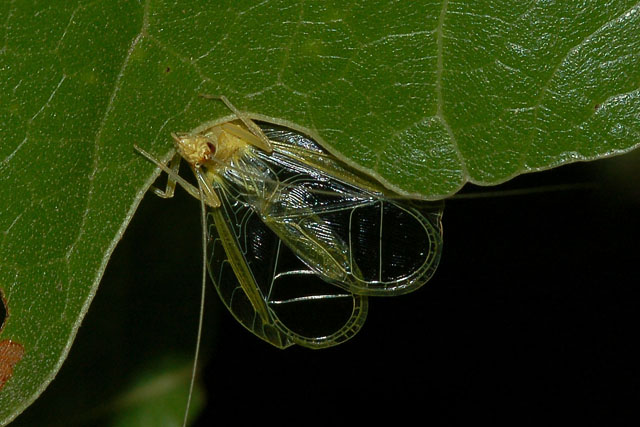Adaptation- The Call
An important adaptation in Oecanthus
fultoni is the capability to stridulate, a term
for chirping. Only the males have the
ability to call; they chirp to attract females. To learn more
about the mating process visit the reproduction page.
Oecanthus fultoni is often called the thermometer
cricket because males change their chirp rate according to the
surrounding temperature. A formula that is used to roughly
calculate temperature is to count the number of chirps in 13
seconds and then add 40 (Forrest 2013). This gives
you the temperature in degrees Fahrenheit. At colder
temperatures the male rubs his wings together more slowly, so
the pitch and pulse rate decreases (Walker 1962). A pulse
correlates to one wing rub and in Oecanthus fultoni a
chirp consists of 5-8 pulses (Walker 1962).
Hence, chirp rate decreases because their chirps are made up of
a number of pulses. Thomas J. Walker (2010)
found that the opposite is also true; chirp rate increases as
temperature increases.
Have you ever noticed on a cool summers evening that the
crickets seem to be chirping in synchrony? That is because they
are! Oecanthus fultoni is one of the few species of
tree crickets that create a regular chirp and can chirp in
unison with surrounding male's (Walker 1969). If an individual
male is out of sync he either lengthens or shortens his chirp to
get in rhythm with the others. A male can adjust his chirp
interval to be in harmony with the surrounding chorus, but he
does not coordinate pulses (Walker 1969).
If you go on the
Entomology & Nematology website, you can listen to a variety
of the snowy tree cricket's calls and chouses at different
temperatures.
